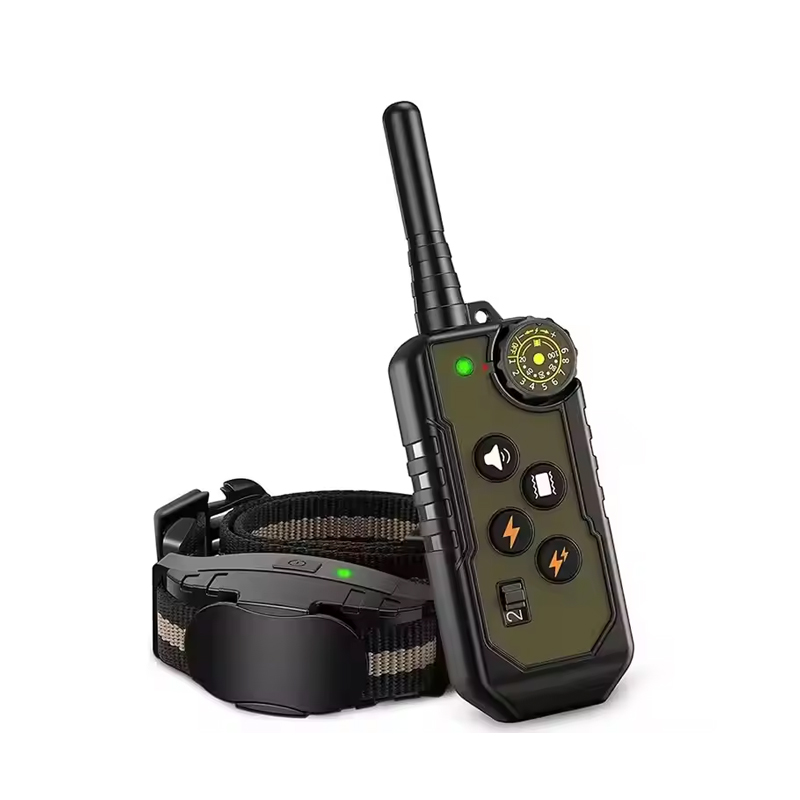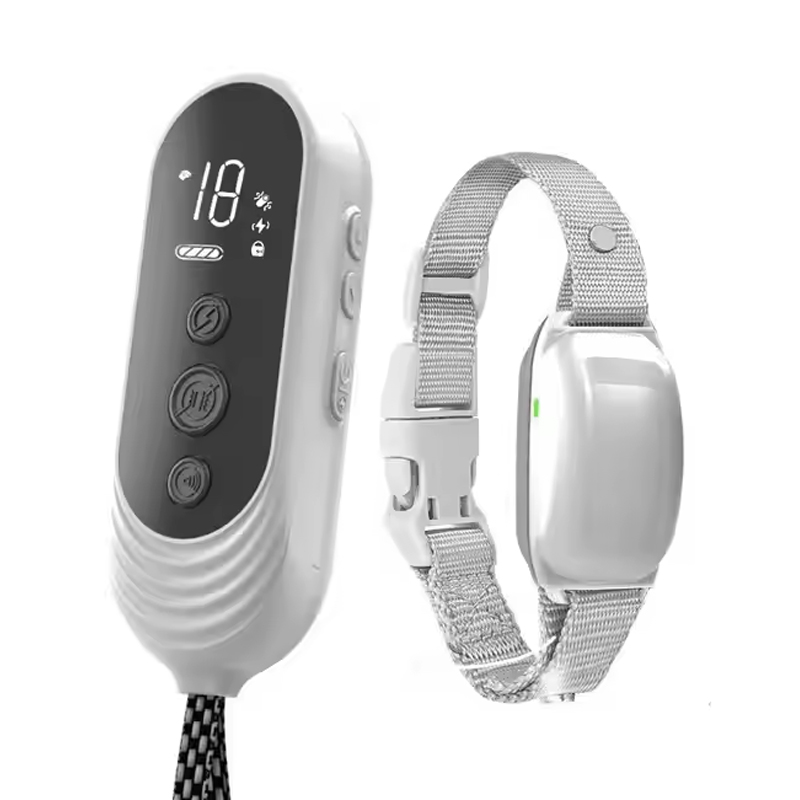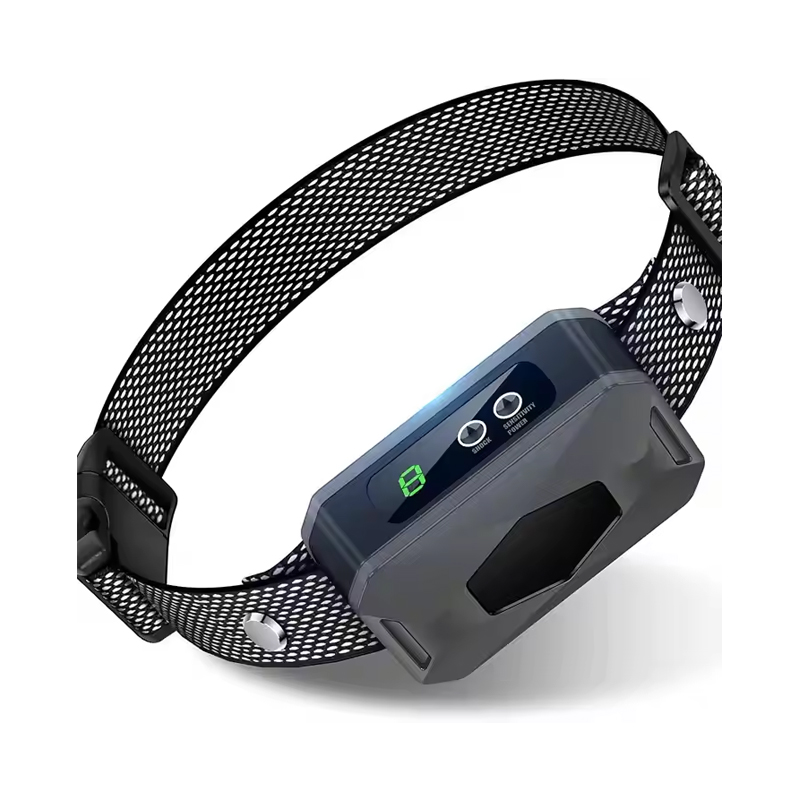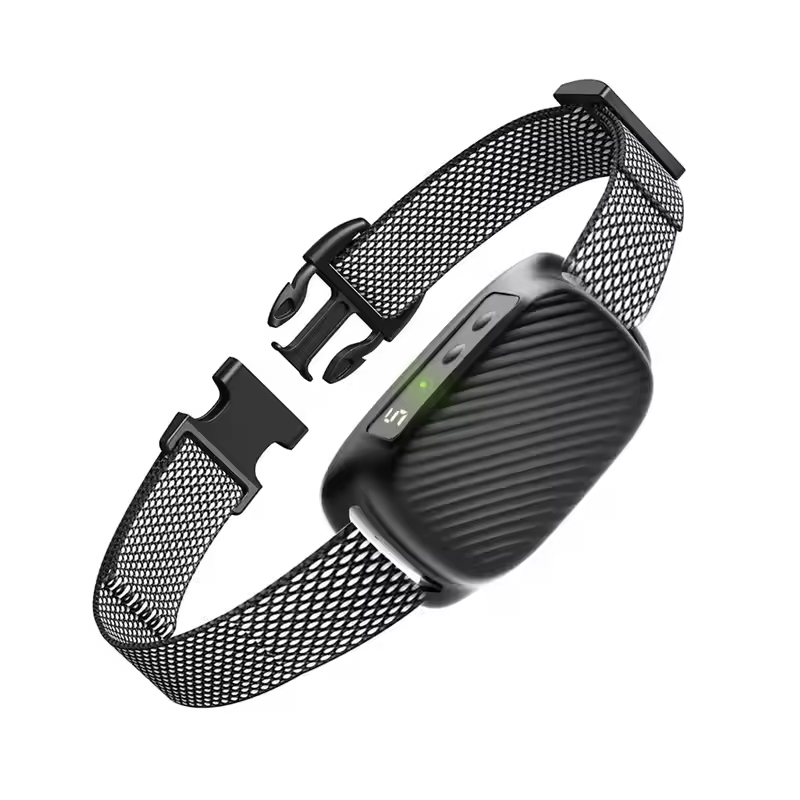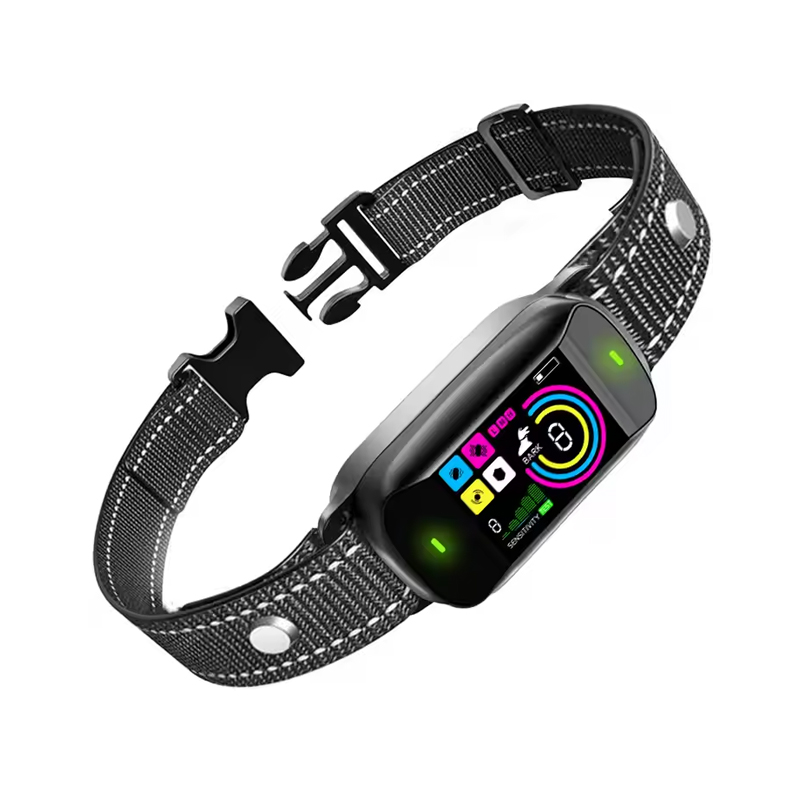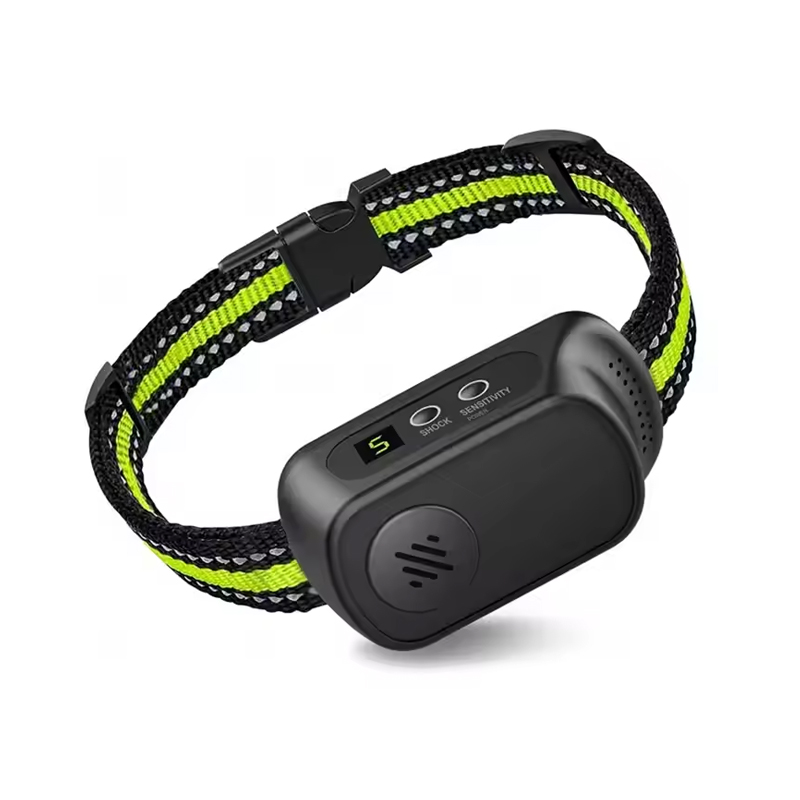- Type:
- Industry News
- Date:
- 2025-11-21
How to Choose a Pet Carriers — What You Need to Know
Why Have Pet Carriers Become Essential for Modern Pet Life?
-
Secure Travel: Modern carriers prevent accidents or escapes during car rides, public transport, or vet visits.
-
Reinforced Design: Anti-slip bottoms and sturdy bases add stability and reduce the risk of tipping.
-
Breathable Ventilation: Mesh panels ensure pets can breathe easily while observing their surroundings.
-
Stress Reduction: Soft padding or cozy interiors help anxious pets feel safe and calm.
-
Dual Benefit: Combines protection with comfort, making travel easier for both pets and owners.
Why Is Choosing the Right Pet Carrier Crucial?
Pet carriers are not just transportation tools—they directly affect a pet's safety and comfort during travel.
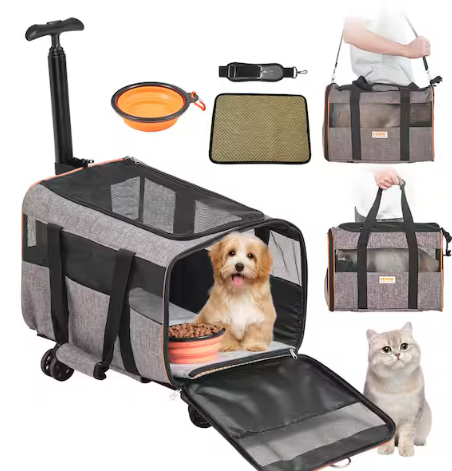
1.Safety Concerns
Pets may face risks such as falls, collisions, or accidental escapes during travel. A properly designed pet carrier provides a sturdy structure and secure locks, ensuring pets remain safe throughout the journey.
2.Comfort Requirements
Ventilation, interior space, and soft materials are key factors affecting a pet's comfort. A survey showed that approximately 70% of pet owners consider whether their pets can move freely inside the carrier—standing, turning, and lying down.
3.Compliance and Fit
Different airlines and transport modes have varying requirements for carrier size, materials, and certifications. Choosing an appropriate pet carrier ensures compliance with transport standards, avoiding potential rejections or extra fees.
Pet Owners'Carrier Selection Priorities
| Factor | Percentage |
|---|---|
| Safety | 35% |
| Comfort | 30% |
| Size Fit | 20% |
| Portability & Features | 10% |
| Material Durability | 5% |
It is clear that safety and comfort are the top priorities for pet owners when selecting a carrier.
How to Choose the Right Size for a Pet Carrier?
Core Question: How does the size of a carrier affect a pet's comfort?
1.Measure Your Pet
The carrier should allow pets to stand, turn, and lie down freely. Standard measurements include the pet's shoulder height, body length, and weight, combined with the required activity space to determine the appropriate carrier size.
2.Air Travel and Checked Luggage Requirements
Cabin-approved carriers are generally limited to 55×40×25 cm, while checked luggage carriers can be larger but must comply with airline regulations.
3.Pet Type Differences
Small dogs or cats are better suited to soft-sided or lightweight carriers, while medium to large dogs require hard-shell or reinforced carriers to ensure safe transport.
Recommended Carrier Sizes by Pet Type
| Pet Type | Body Length (cm) | Carrier Length (cm) | Carrier Width (cm) | Carrier Height (cm) |
|---|---|---|---|---|
| Small Cats/Dogs | 25–35 | 40 | 28 | 24 |
| Medium Dogs | 35–50 | 55 | 35 | 35 |
| Large Dogs | 50–70 | 70 | 45 | 50 |
Soft-Sided vs Hard-Shell Carriers: Which Is More Suitable for Travel?
The material of a pet carrier directly affects comfort, portability, and safety.
Soft-Sided Carrier Advantages
Lightweight and Portable – Soft-sided carriers are easy to carry and can be folded for storage.
Flexible Design – Elastic materials allow the carrier to fit under seats, making it ideal for short trips or cabin travel.
Hard-Shell Carrier Advantages
Sturdy Structure – Hard-shell carriers are strong, impact-resistant, and chew-proof.
Stable Interior Space – The rigid design provides more stable internal space, suitable for medium to large pets or long-distance travel.
Selection Recommendations
Small pets can benefit from soft-sided carriers for convenience and portability.
Medium to large pets are better suited to hard-shell carriers to ensure safety during travel.
How Do Ventilation and Visibility Affect a Pet's Travel Experience?
Ventilation and visibility have a direct impact on a pet's psychological comfort.
Ventilation Design – Adequate mesh panels or air vents ensure proper airflow and prevent pets from overheating.
Visibility Design – Mesh windows or transparent panels allow pets to see their surroundings, which can help reduce anxiety.
Research Data: A survey of pet owners found that approximately 68% believed pets were calmer in well-ventilated, visible carriers, with anxiety levels dropping by about 20%.
How Do Durability and Safety Ensure Transport Security?
1. Material Durability: Ensuring a Sturdy and Long-Lasting Carrier
The material of a pet carrier determines its ability to withstand pressure and impacts during transport. High-strength nylon, ABS plastic, polycarbonate, and aluminum offer excellent impact resistance and chew-proof properties, protecting pets from injuries during travel. For example, in long-distance checked transport, hard-shell carriers have a damage rate below 1%, while ordinary soft-sided carriers may experience 5%-8% damage under similar conditions. To further enhance durability, premium carriers reinforce the base, corners, and support structures, often using double-layer stitching or tear-resistant fabric to maintain long-term stability during frequent use.
2. Safety Lock Design: Preventing Accidental Escapes
Locks and zippers are critical for preventing pets from escaping. Secure zippers, reinforced locks, and adjustable safety clips ensure the carrier remains closed during pet movement or handling. For active or chew-prone pets, a well-designed locking system significantly reduces the risk of opening the door. In air cabin travel or self-driving trips, a reliable locking system guarantees pets remain safely contained during turbulence, takeoff, landing, or handling, giving owners peace of mind and preventing injury or stress from sudden escapes.
3. Additional Safety Features: Fine Details That Protect Pets
Beyond materials and locks, extra safety features play a crucial role. Non-slip bases stabilize the carrier during driving or handling, reducing the risk of pets being startled or injured. Reflective labels alert handlers in low-light conditions to handle the carrier with care. Reinforced zippers enhance durability and prevent accidental openings. Some high-quality carriers also include internal straps or dedicated compartments to secure water bottles, cushions, or small items, ensuring pets can safely drink, rest, and avoid collisions with loose items during long trips.
4. Comprehensive Safety: Multi-Layered Design Reduces Risk
By combining durable materials, secure locks, and additional safety features, carriers create a multi-layered safety system. Whether for airline checked transport, short self-driving trips, or cabin travel, these designs reduce transport risks and help pets remain safe, comfortable, and stable. Pet owners should consider materials, lock systems, and extra safety functions to ensure their carrier provides full protection in any travel scenario.
How to Choose a Pet Carrier for Different Travel Scenarios
Choosing a pet carrier depends not only on the size of the pet but also on the mode of travel, distance, environment, and the pet's psychological state. Different travel scenarios require different priorities and design features in a carrier.
1. Air Travel: Cabin vs Checked Luggage – Which Is More Suitable?
Air travel is one of the most common scenarios for pet transportation, and the requirements for cabin carriers versus checked luggage carriers differ significantly.
Cabin Travel
- Size Limitations: Airlines generally require that the sum of the carrier's length, width, and height does not exceed 55×40×25 cm. Small dogs or cats can use soft-sided portable carriers.
- Portability: Soft-sided carriers fit under the seat, allowing owners to monitor their pets during the flight. They are lightweight and foldable for easy storage.
- Comfort: Well-ventilated carriers with viewing windows help reduce pets' anxiety.
- Safety: Reinforced zippers, locks, and non-slip bases prevent pets from being injured or escaping during takeoff, landing, or turbulence.
Checked Luggage
- Carrier Requirements: Checked carriers must be sturdy and durable, typically made from hard-shell materials to withstand handling impacts.
- Space Requirements: The carrier should allow pets to stand, turn, and lie down comfortably during long trips.
- Identification and Ventilation: Clear labeling and sufficient ventilation are required, and internal pads should be absorbent and non-slip.
Recommendation: Owners should balance portability, comfort, and safety based on pet size and travel duration. For example, a small cat on a short flight may use a soft-sided cabin carrier, while a medium-sized dog on a long trip may require a sturdy hard-shell checked carrier.
2. Short Trips: Why Portability and Flexibility Matter Most
Short trips include visits to the vet, grooming appointments, social visits, or short self-driving trips. Compared to long-distance or air travel, short trips prioritize lightweight and flexible carriers.
- Lightweight Design: Carriers with hand straps, shoulder straps, or backpack-style designs make it easy for owners to carry or wear.
- Foldable: Foldable carriers are convenient for storage in urban environments with limited space.
- Comfort Design: Soft internal pads ensure pets remain comfortable even during bumpy rides.
- Ventilation and Visibility: Adequate ventilation and viewing windows help pets stay calm and reduce anxiety.
- Safety: Secure zippers, locks, and non-slip bases ensure pets do not slip when getting in or out of vehicles.
For short trips, comfort and portability are more important than extreme durability.
3. Long Trips or Self-Driving: Balancing Space and Durability
Long-distance self-driving, cross-province travel, or vacation trips place higher demands on carriers. Long travel time and complex road conditions can cause stress or fatigue, making space, comfort, and durability essential.
- Space Design: Spacious carriers allow pets to stretch freely. Cushioned, shock-absorbing, and non-slip pads reduce stress during long trips. Expandable carriers or multi-level partitions can provide flexible space for multiple pets.
- Material and Durability: Hard-shell or high-strength nylon carriers withstand prolonged bumps and handling impacts. Chew-resistant materials prevent pets from damaging the carrier or escaping.
- Extended Functions: Convenient storage pockets hold water bottles, food, or grooming supplies. Ventilation and viewing windows provide fresh airflow and visual stimulation.
- Psychological Comfort: Transparent or semi-open designs let owners monitor pets, reducing anxiety and providing reassurance during long trips.
For long trips, the carrier serves not only as a transportation tool but also as a "mobile safe space" for pets, where comfort and stability are equally important.
4. Multi-Scenario Carriers: How to Choose One for Various Travel Types
For families that travel frequently, a multi-functional carrier suitable for different scenarios is ideal:
- Foldable and Removable: Suitable for both short trips and long-distance checked transport.
- Mixed Material Design: A sturdy frame with soft-sided sections balances durability, comfort, and portability.
- Additional Features: Built-in water bottles, storage pockets, and removable pads meet various travel needs.
Carrier Selection Strategy by Travel Scenario
| Travel Scenario | Key Considerations | Material Recommendation | Features |
|---|---|---|---|
| Air Cabin | Size, portability, ventilation | Soft-sided, lightweight | Foldable, viewing window, reinforced zippers |
| Checked Air Transport | Safety, durability, space | Hard-shell, sturdy | Non-slip pad, labeling, ventilation holes |
| Short Trips | Portability, flexibility, comfort | Soft-sided, lightweight | Carry/backpack style, soft pads |
| Long Trips / Self-Drive | Space, durability, comfort | Hard-shell or mixed | Expandable, storage pockets, viewing window |
| Multi-Scenario | Flexibility, adaptability | Mixed materials | Foldable, removable, additional features |
By evaluating the mode of travel, pet size, and carrier functions, owners can select the most suitable pet carrier to ensure safety, comfort, and convenience across all travel scenarios.
Future Development Trends of Pet Carriers

1. Smart Technology Trend
Integration of temperature monitoring, humidity detection, and GPS tracking.
Enables real-time monitoring of pets, improving overall safety during travel.
2. Multi-Functional Design
Features such as foldable storage, removable and washable inner pads, and expandable storage space.
Meets the needs of short trips, long trips, and multiple modes of transportation.
3. Eco-Friendly Materials
Use of recyclable materials to reduce environmental impact.
Lightweight yet safe materials are increasingly favored by pet owners.
Pet Carrier Future Trend Forecast (2025–2030)
| Trend | Expected Adoption Rate (2030) |
|---|---|
| Smart Technology | 40% |
| Multi-Functional Design | 65% |
| Eco-Friendly Materials | 55% |
How to Scientifically Choose the Most Suitable Pet Carrier for Your Pet
1.Measure Your Pet's Size – Ensure the carrier allows freedom to stand, turn, and lie down.
2.Confirm the Mode of Travel – Air travel, short trips, or long-distance self-driving influence carrier choice.
3.Select Material and Features – Decide between soft-sided or hard-shell, durability, and special functions.
4.Consider Ventilation, Visibility, and Durability – Ensure pets stay comfortable and calm.
5.Check Airline or Transport Regulations – Compliance avoids rejections or extra fees.
Final Goal: Meet safety standards while ensuring pet comfort and reducing travel anxiety.
Importance of the Pet Carrier Industry
With growing pet travel demand, pet carriers are not merely transportation tools, but essential equipment to ensure pets'safety and comfort. Industry trends indicate that smart features, multi-functional designs, and eco-friendly materials will shape future development. Choosing the right carrier scientifically, considering both travel mode and pet characteristics, is a crucial step for every pet owner.


